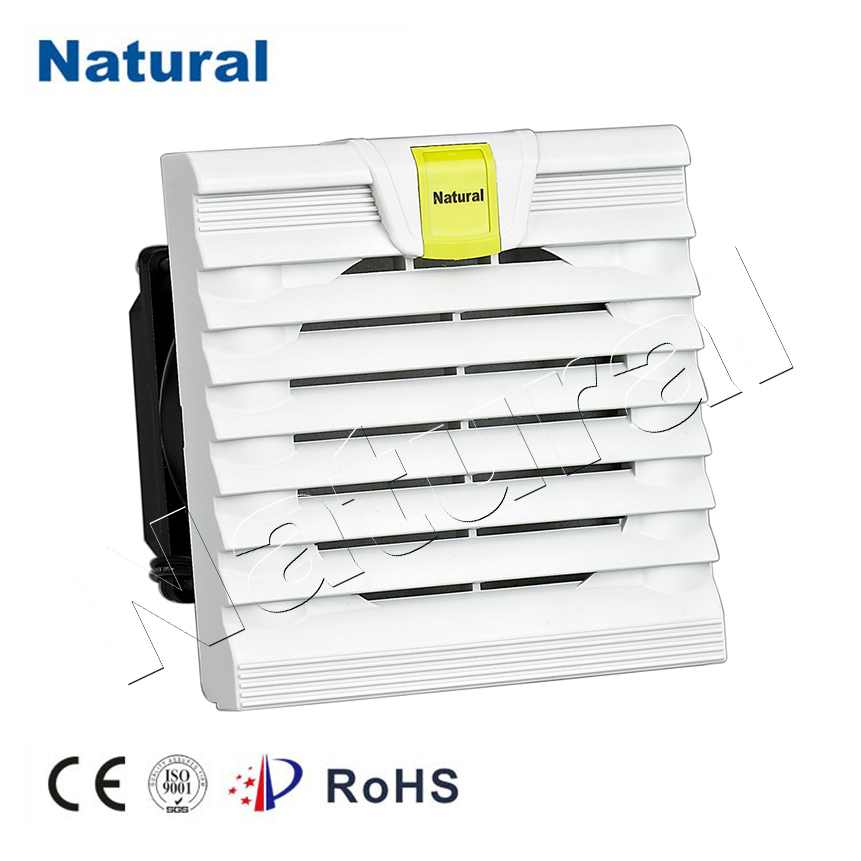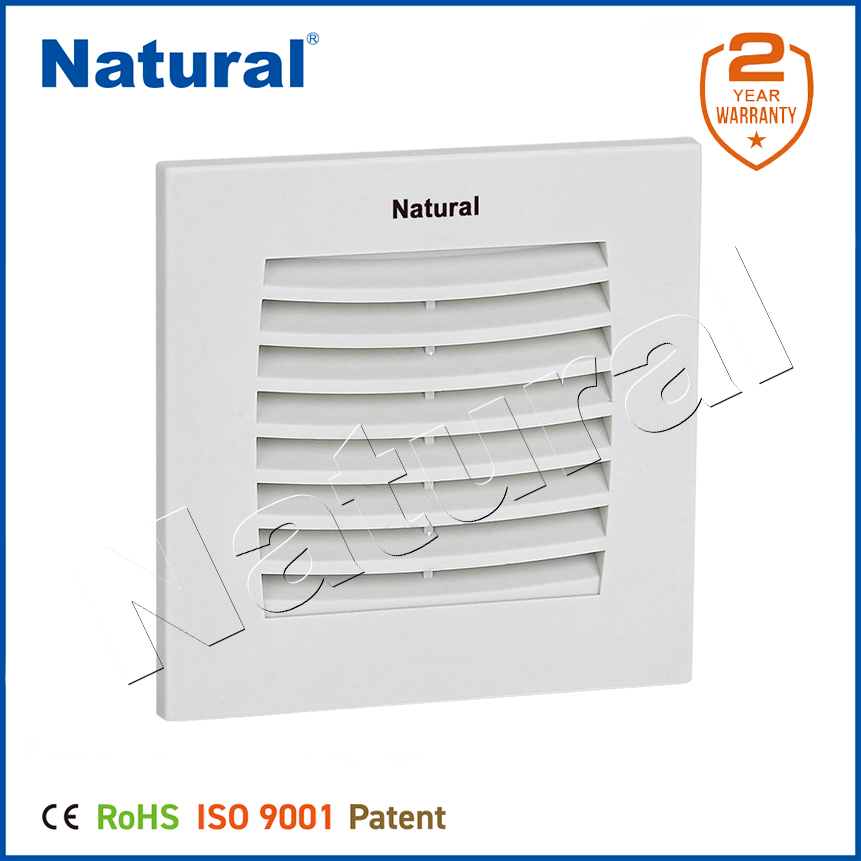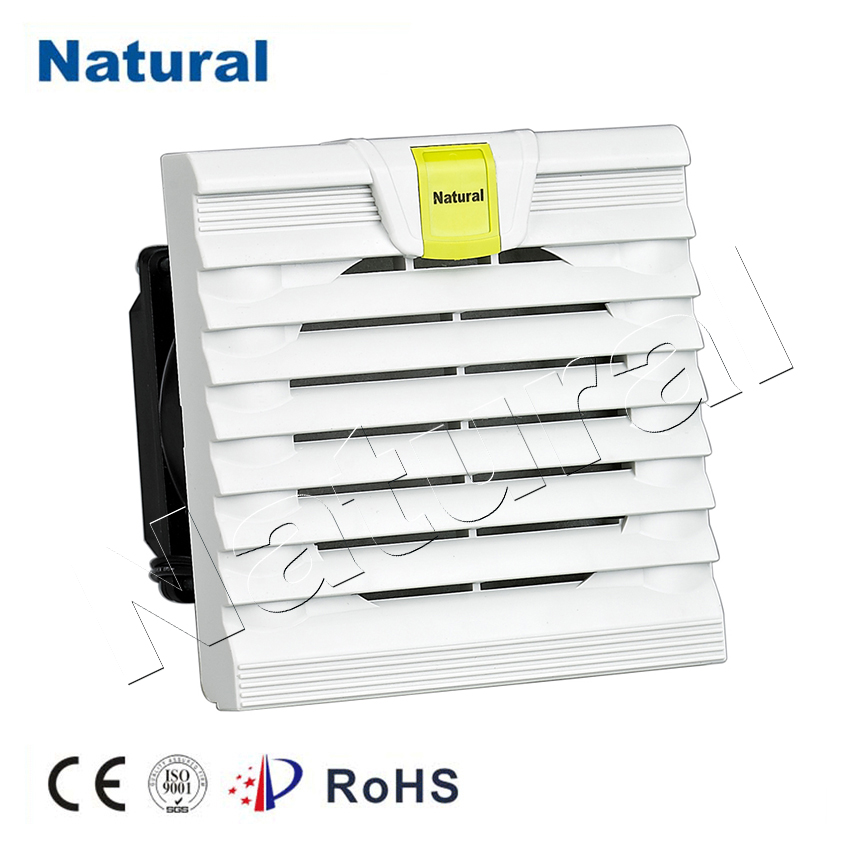In today’s high-tech world, keeping electronic equipment cool and functioning at its best is more important than ever. Among the various solutions designed to prevent overheating, the cabinet fan and filter fan play pivotal roles in maintaining the optimal performance and longevity of sensitive equipment. These fans are commonly used in industrial settings, server rooms, and enclosures where cooling is critical. This article explores the functions, benefits, and differences between these two types of fans, helping you understand their importance in equipment cooling and protection.

What is a Cabinet Fan?

A cabinet fan is a mechanical device designed to circulate air within an enclosed space, commonly used to cool electrical components housed inside a cabinet or enclosure. These cabinets typically store electronic devices, such as servers, networking equipment, and control systems, which generate heat during operation. When the temperature within the cabinet rises above a certain threshold, it can cause damage to the internal components, leading to system malfunctions or failures. Cabinet fans work by drawing in cooler air from the outside environment, circulating it inside the cabinet, and then expelling the warm air. This process helps reduce the internal temperature, keeping the equipment operating within safe limits. Cabinet fans come in various sizes and configurations to suit different enclosure types and cooling requirements. They are an essential part of any industrial setup where electronic equipment is housed in a confined space.
